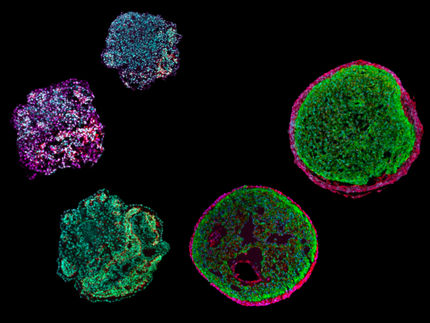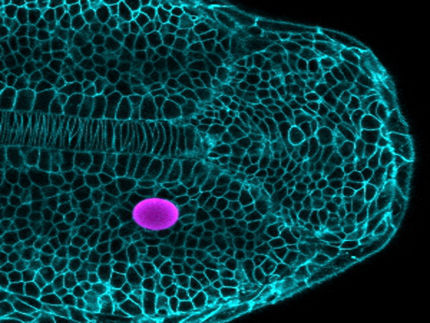A nanofiber matrix for healing
A new nanofiber-on-microfiber matrix could help produce more and better quality stem cells for disease treatment and regenerative therapies.
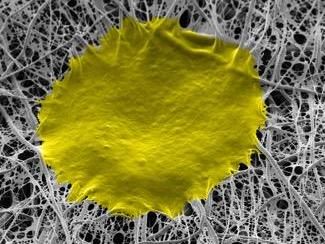
These are human stem cells that grew on the 'fiber-on-fiber' culturing system.
Kyoto University iCeMS
A matrix made of gelatin nanofibers on a synthetic polymer microfiber mesh may provide a better way to culture large quantities of healthy human stem cells.
Developed by a team of researchers led by Ken-ichiro Kamei of Kyoto University's Institute for Integrated Cell-Material Sciences (iCeMS), the 'fiber-on-fiber' (FF) matrix improves on currently available stem cell culturing techniques.
Researchers have been developing 3D culturing systems to allow human pluripotent stem cells (hPSCs) to grow and interact with their surroundings in all three dimensions, as they would inside the human body, rather than in two dimensions, like they do in a petri dish.
Pluripotent stem cells have the ability to differentiate into any type of adult cell and have huge potential for tissue regeneration therapies, treating diseases, and for research purposes.
Most currently reported 3D culturing systems have limitations, and result in low quantities and quality of cultured cells.
Kamei and his colleagues fabricated gelatin nanofibers onto a microfiber sheet made of synthetic, biodegradable polyglycolic acid. Human embryonic stem cells were then seeded onto the matrix in a cell culture medium.
The FF matrix allowed easy exchange of growth factors and supplements from the culture medium to the cells. Also, the stem cells adhered well to the matrix, resulting in robust cell growth: after four days of culture, more than 95% of the cells grew and formed colonies.
The team also scaled up the process by designing a gas-permeable cell culture bag in which multiple cell-loaded, folded FF matrices were placed. The system was designed so that minimal changes were needed to the internal environment, reducing the amount of stress placed on the cells. This newly developed system yielded a larger number of cells compared to conventional 2D and 3D culture methods.
"Our method offers an efficient way to expand hPSCs of high quality within a shorter term," write the researchers in their study published in the journal Biomaterials. Also, because the use of the FF matrix is not limited to a specific type of culture container, it allows for scaling up production without loss of cell functions. "Additionally, as nanofiber matrices are advantageous for culturing other adherent cells, including hPSC-derived differentiated cells, FF matrix might be applicable to the large-scale production of differentiated functional cells for various applications," the researchers conclude.
Original publication
Li Liu and Ken-ichiro Kamei and Momoko Yoshioka and Minako Nakajima and Junjun Li and Nanae Fujimoto and Shiho Terada and Yumie Tokunaga and Yoshie Koyama and Hideki Sato and Kouichi Hasegawa and Norio Nakatsuji and Yong Chen; "Nano-on-micro fibrous extracellular matrices for scalable expansion of human ES/iPS cells"; Biomaterials; 2017
Most read news
Original publication
Li Liu and Ken-ichiro Kamei and Momoko Yoshioka and Minako Nakajima and Junjun Li and Nanae Fujimoto and Shiho Terada and Yumie Tokunaga and Yoshie Koyama and Hideki Sato and Kouichi Hasegawa and Norio Nakatsuji and Yong Chen; "Nano-on-micro fibrous extracellular matrices for scalable expansion of human ES/iPS cells"; Biomaterials; 2017
Topics
Organizations
Other news from the department science

Get the life science industry in your inbox
By submitting this form you agree that LUMITOS AG will send you the newsletter(s) selected above by email. Your data will not be passed on to third parties. Your data will be stored and processed in accordance with our data protection regulations. LUMITOS may contact you by email for the purpose of advertising or market and opinion surveys. You can revoke your consent at any time without giving reasons to LUMITOS AG, Ernst-Augustin-Str. 2, 12489 Berlin, Germany or by e-mail at revoke@lumitos.com with effect for the future. In addition, each email contains a link to unsubscribe from the corresponding newsletter.
Most read news
More news from our other portals
Last viewed contents
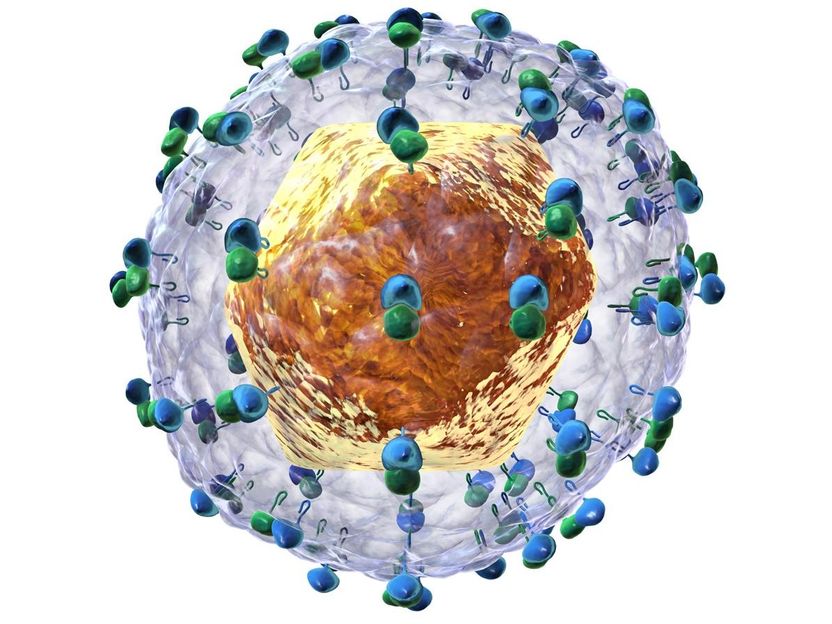
Novel hepatitis C virus inhibitory molecules by in vitro evolution - This work could contribute to the development of new biosensors and diagnostic systems for hepatitis C
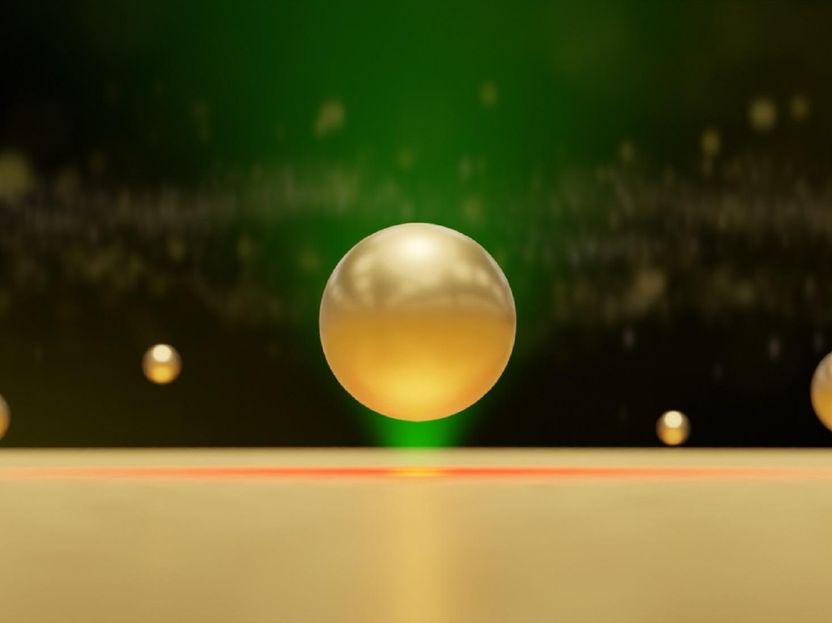
Scientists develop new thermofluidic process for lab-on-a-chip applications - This will unlock groundbreaking solutions for nanotechnology, the manipulation of liquids in systems in tiny spaces, or in the field of diagnostics
Capsule_(pharmacy)
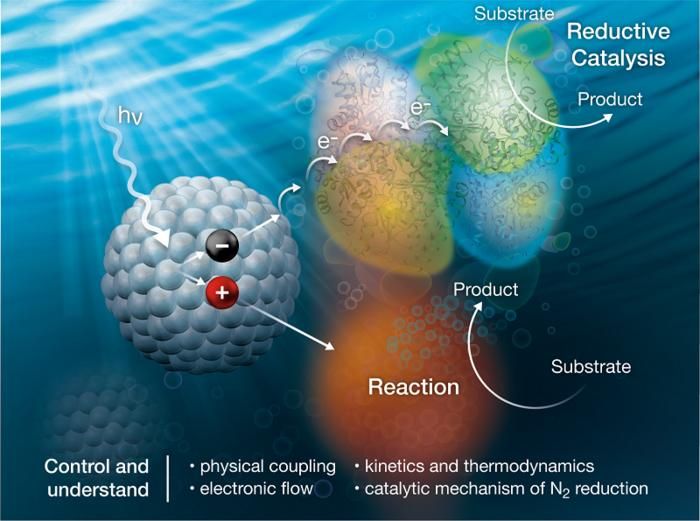
Powering enzymes with light to make ammonia - Scientists examine how molecular systems made of nanocrystals and proteins support the production of ammonia using light.
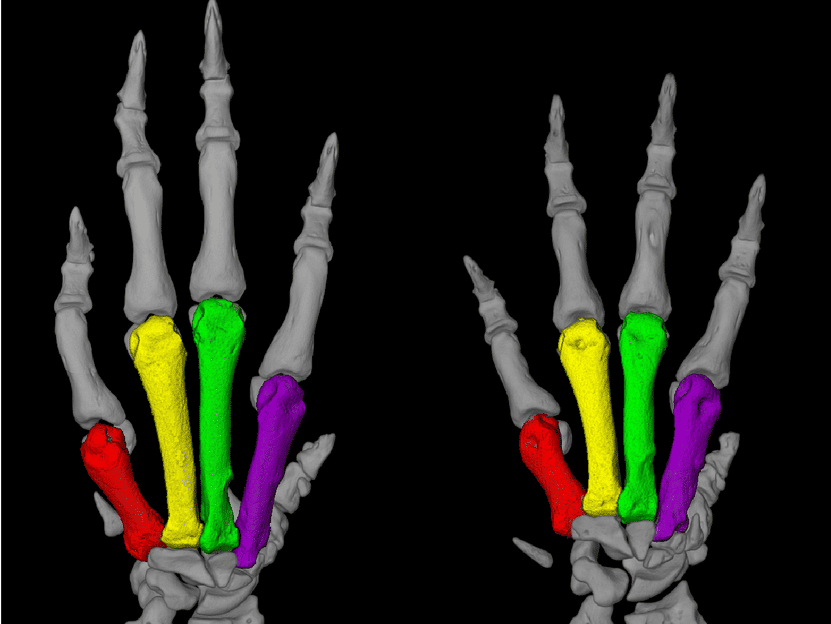
Overactive enzyme causes hereditary hypertension - Hope for new and more effective therapeutic approaches for hypertension
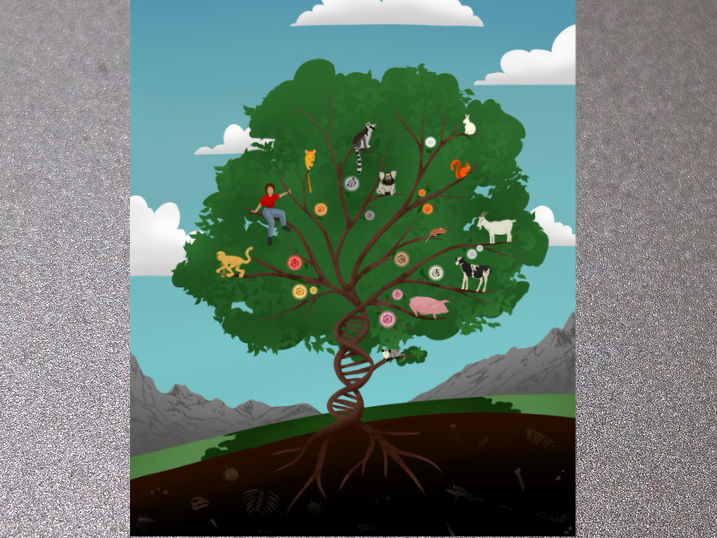
So-called junk DNA plays critical role in mammalian development - Knocking out transposon promoter leads to pup death in mice; similar promoters found in many mammals
Medicinal_chemistry
Glucagon_rescue
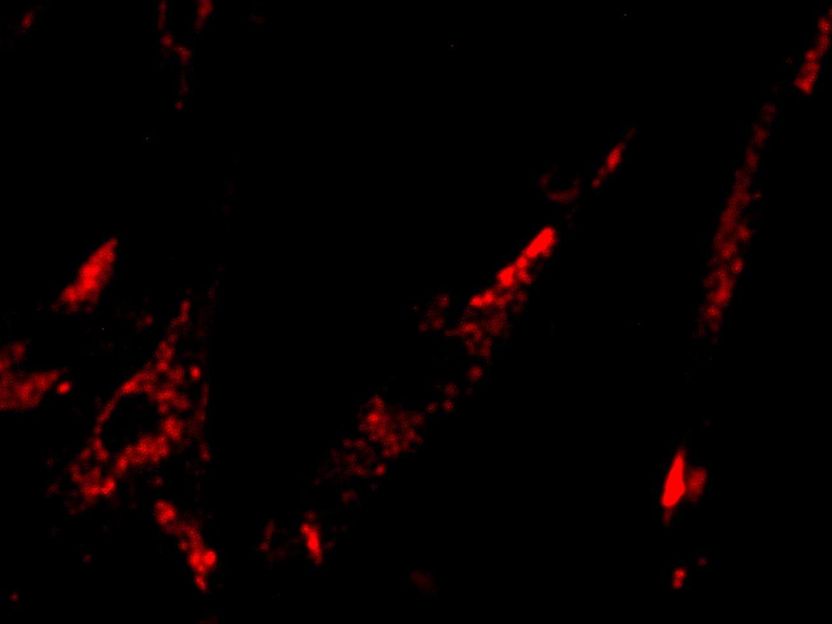
Toward glow-in-the-dark tumors - New fluorescent probe could light up cancer
Devil_facial_tumour_disease

